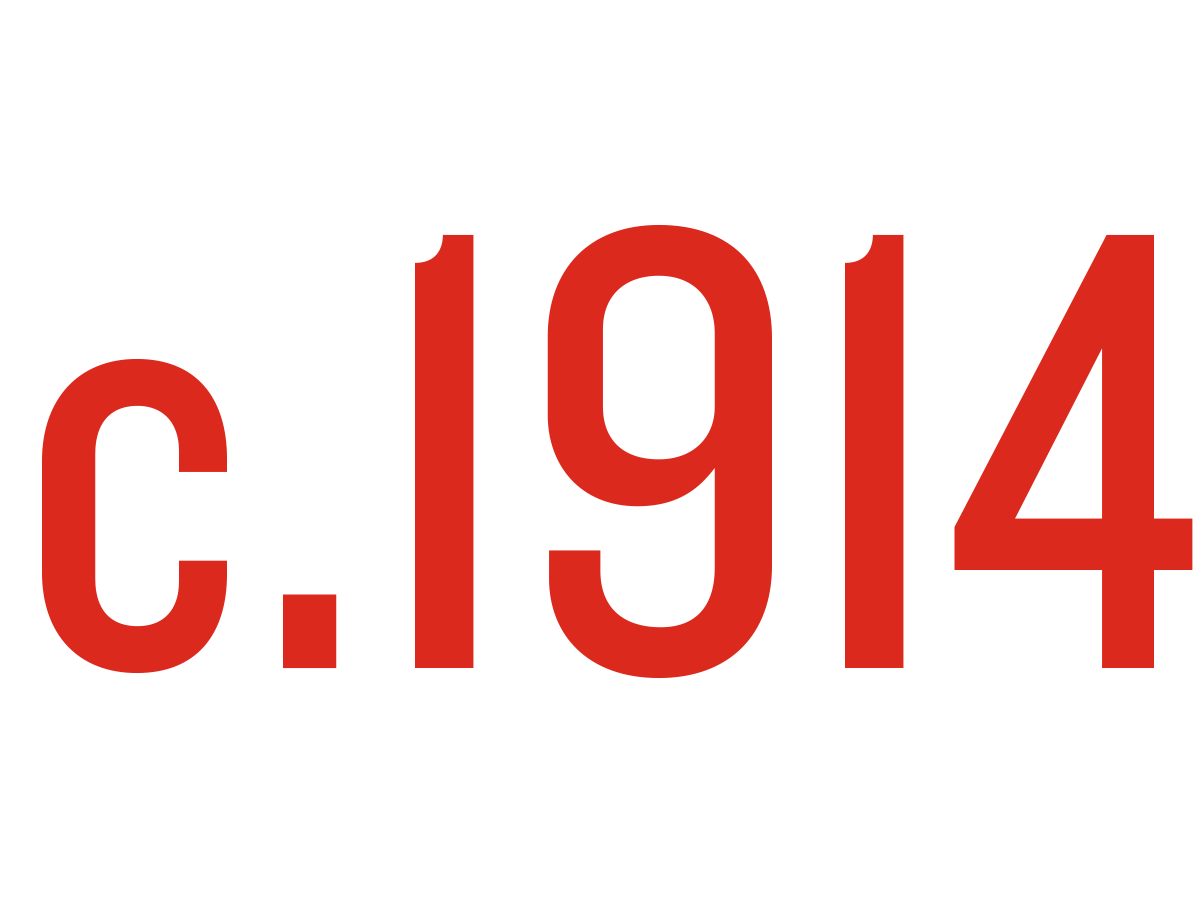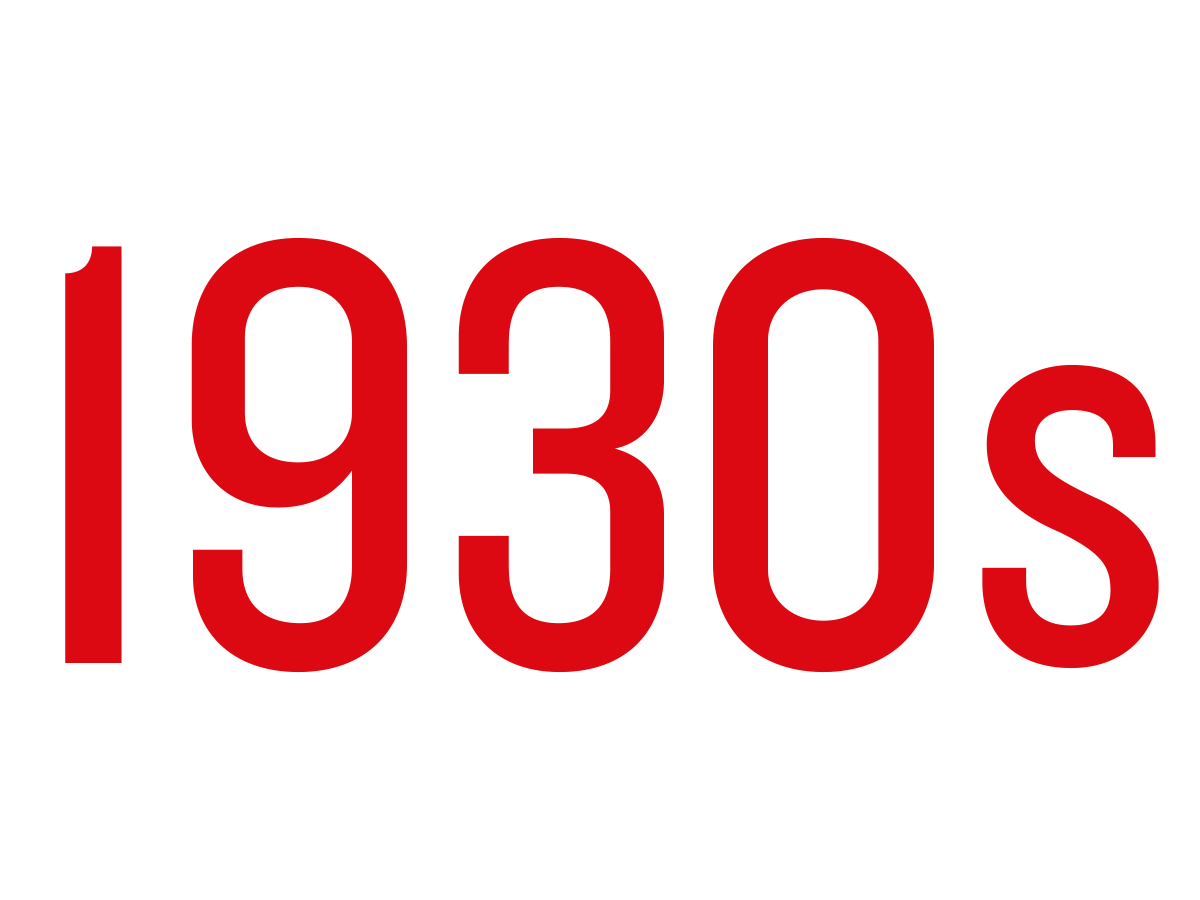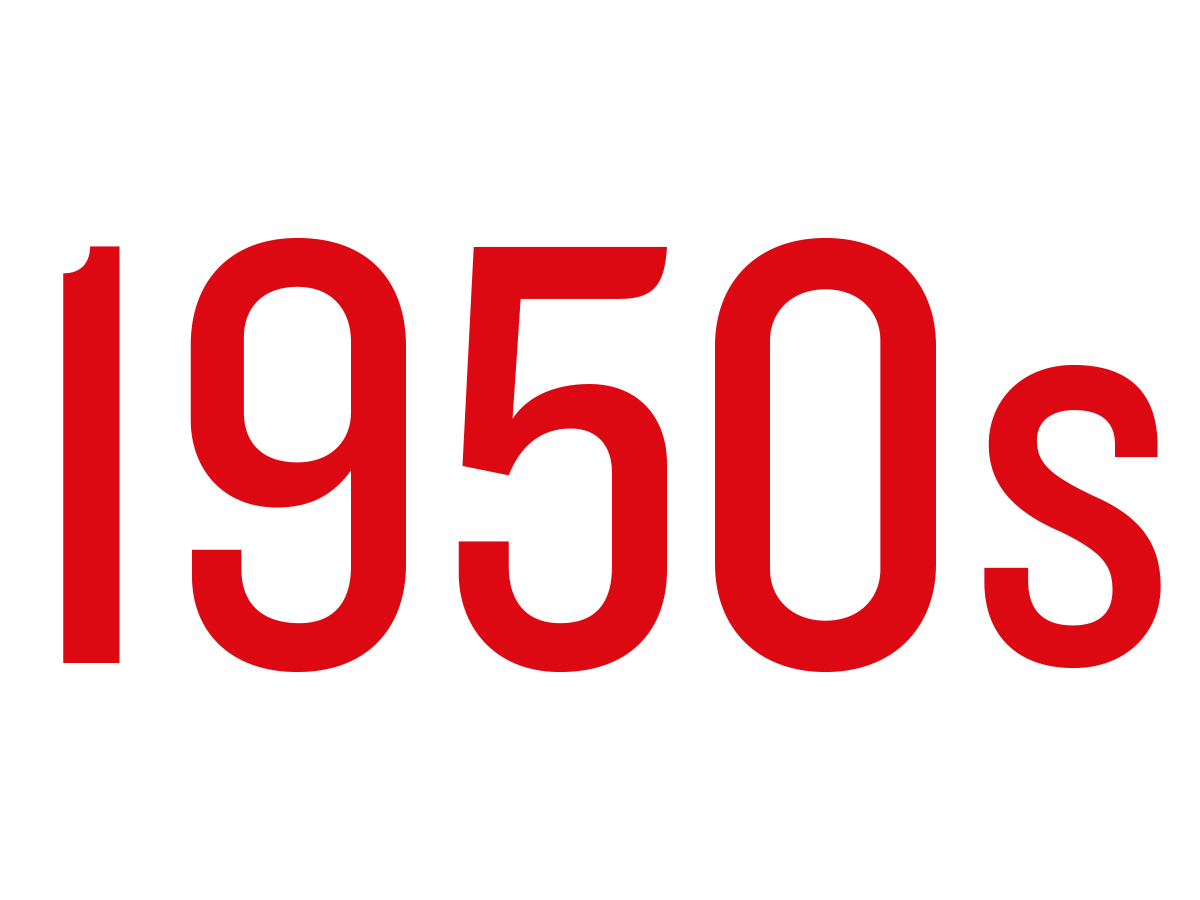
The National Camp Fire organization began as Camp Fire Girls in 1910, founded by Dr. Luther Halsey Gulick and his wife, Charlotte Vetter Gulick. They believed girls deserved the outdoor learning experiences that boys had and wanted to help “guide young people on their journey to self-discovery.” Camp Fire was originally developed as a counterpart to Boy Scouts, as the first nonsectarian, multicultural organization for girls in America.



The first Camp Fire clubs begin forming in South Bend, Indiana around 1914. On June 12, 1914, there is a mention in the South Bend News Times about the monthly meeting of the 8th Grade Camp Fire Girls. It appears that local Camp Fire clubs had formed and were meeting regularly by the spring of 1914, but the first documented reference to the organization in the local news was in June. Additional notes in the South Bend Tribune reference meetings and events hosted by Camp Fire girls in September, October, and November of 2014.

The Camp Fire girls were very active in the South Bend and Mishawaka Community throughout the 1920s. In 1921, Colonel and Mrs. C. Seymour Bullock led the first camping trip for the Camp Fire Girls, at Pleasant Lake in Edwardsburg, Michigan. The Camp Fire Girls of South Bend were officially chartered by the National Camp Fire organization on August 5, 1924. The Camp Fire Girls of Mishawaka formed a board of sponsors in 1926, and hosted their first camping event at Camp Mishawaka on Stone Lake in Lagrange, Indiana during the summer of 1927. Read More -->



In 1930, the South Bend Camp Fire organization purchased a 12 acre property on a hill overlooking Birch Lake, in Vandalia, Michigan from Dr. Ersom Cunningham to be the new site for Camp Tannadoonah. Both the South Bend and Mishawaka Councils remained active in the community throughout the 1930s, with many events, activities, and programs. In 1939, Miss Dorothy Denton was hired as Executive Secretary for the South Bend Council, a position she would hold for the next 30 years. Read More -->

The South Bend and Mishawaka Camp Fire councils were very active in the community throughout the 1940s. Camp Fire leaders regularly offered community training sessions, held award ceremonies to honor the girls' achievements, spoke to community groups, and planned events for the girls to participate in. Throughout the 1940s, the South Bend Council continued to develop and improve Camp Tannadoonah, installing a new flagpole, building the now-iconic wooden stairs to the waterfront, and installing a new H-shaped pier at the waterfront. South Bend Camp Fire girls were led by Miss Dorothy Denton throughout the decade, and Mishawaka leaders were Miss Wilma Rea (through 1941) and Miss Virginia Gardner (beginning in 1942).



The Mishawaka Council purchased their own camp, Camp Kiloqua, in 1951. Located on Birch Lake, just east of Camp Tannadoonah, Camp Kiloqua was purchased from the Elkhart YWCA. Both councils were busy providing Camp Fire youth with overnight and day camp opportunities, doing service in the community, and planning events for the young women in Camp Fire clubs. In 1954, a bequest from Mrs. Laura B. DeRhodes provides the funds for Camp Tannadoonah to build a new Dining Hall, and two new camper cabins to create a "Bluebird Unit" for the youngest campers.

In the early 1960s, Camp Fire clubs in the Michiana area reported total membership of over 4500 girls each year! The Camp Fire Girls were active civic participants, completing many community service projects, hosting an annual Mistletoe Ball, and providing training opportunities for youth throughout the community. The South Bend Council made numerous improvements at Camp Tannadoonah and Camp Wakinda, their day camp site on the south side of South Bend. The Mishawaka Council was also busy improving their camp property at Camp Kiloqua. After nearly 30 years as Executive Secretary for the South Bend Council, Miss Dorothy Denton retired in 1968. Mrs. Pat Stoler took over leadership of the council. In 1968, at the recommendation of the local United Way, the South Bend and Mishawaka Councils began to discuss a merger, though the idea was ultimately rejected by both councils.



Mrs. JoAnn Murphy became the Camp Director at Camp Tannadoonah in 1971, a position she would hold for the next 27 years. In 1970, the Mishawaka Council sold their summer camp property at Camp Kiloqua. The South Bend Council purchased a portion of the property - a 71 acre area known as "Candy Hill," where they built two new camper cabins. Camp Fire club membership declined throughout the decade, from nearly 5000 to around 1000 annually. In 1976, Camp Fire became a co-ed organization and the name was changed from Camp Fire Girls to Camp Fire. Camp Tannadoonah allowed boys to attend Camp for the first time in 1979.

Camp Tannadoonah was accredited by the American Camp Association for the first time in 1985, the same year the Council celebrated the 75th anniversary of Camp Fire. In 1989, Camp Tannadoonah built a new shower house, providing hot showers for campers for the first time! Camp Fire club and summer camp participation declined throughout the 1980s, falling to fewer than 400 club youth by the end of the decade, and averaging around 475 campers per summer at Tannadoonah and 125 campers per summer at the day camp location in South Bend.



The 1990s were a decade of major changes for Camp Fire and Camp Tannadoonah. In 1993, the South Bend and Mishawaka Councils merged to become River Bend Council of Camp Fire, with Mrs. Pat Laing serving as Executive Director. The day camp program, now officially named Camp Tawanchi, moved to Castle Manor at Merrifield Park in Mishawaka. One of the original buildings at Camp Tannadoonah, Copp Lodge, was demolished in the fall of 1995. Following the summer camp season in 1997, Mrs. Murphy announced her retirement as director of Camp Tannadoonah, and in February of 1998, Mrs. Laing retired from her position as Executive Director. In 1998, the council sold the Candy Hill property adjacent to Camp Tannadoonah. Elaine Veevaete became the Executive Director in 1998, and Camp Tannadoonah had a series of 1-summer Camp Directors. Camp and Camp Fire Club numbers continued to decline throughout the 90s.










Young people want to shape the world.
Camp Fire provides the opportunity to find their spark, lift their voice, and discover who they are.
In Camp Fire, it begins now.


